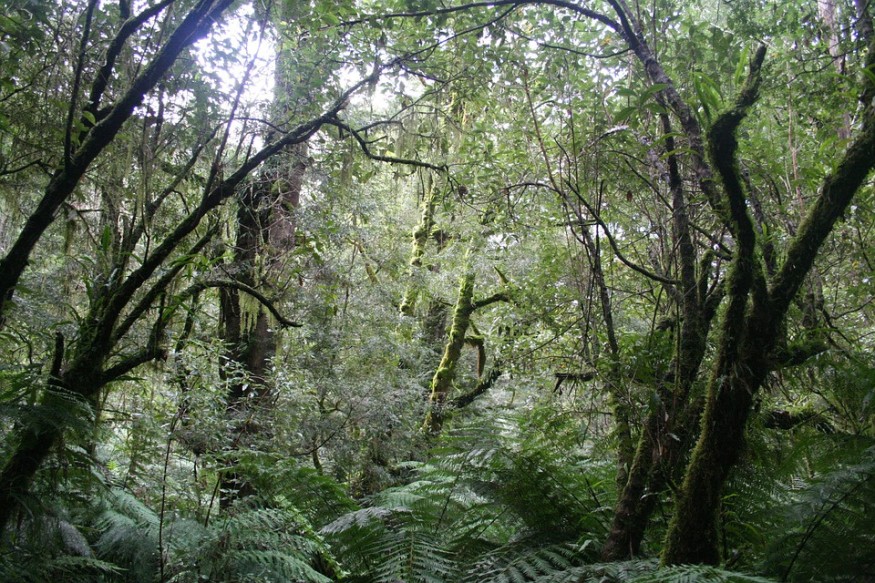
Scientists recently found that rainforests existed near the Earth's South Pole about 90 million years in the past. A research team discovered Cretaceous forest soil within 900 kilometers of the Antarctic and analyzed the preserved tree roots, spores, and pollen. They concluded that the Earth was much warmer than scientists previously thought.
Alfred Wegener Institute Helmholtz Centre for Polar & Marine Research geoscientists from Germany, along with researchers from the Imperial College London, published their results in the journal Nature.
Department of Earth Science & Engineering at Imperial College London professor and co-author Tina van de Flierdt said that the preservation of the ancient forest is an exceptional occurrence, surpassed only by its revelations of what that ancient world was. Their results suggest higher levels of atmospheric carbon dioxide than what was previously thought occurred in the mid-Cretaceous, some 115 to 80 million years ago.
The Cretaceous period was the height of the success of dinosaurs, as well as the warmest period during the last 140 million years. Tropical temperatures reached 35º C, and the sea level was 170 meters higher than the present level.
Before, scientists knew little about environmental conditions below the Antarctic Circle. The recent discovery showed the presence of temperate rainforests in that region similar to what is found in present-day New Zealand. These forests persisted despite polar nights stretching for four months, or one-third of the year, with no sunlight. The forest's existence suggests that the average temperatures were roughly 12ºC, and an ice cap was unlikely to have been present in the Antarctic.
The evidence came from sediment from the seabed near Thwaites Glacier and Pine Island Glacier in western Antarctica. A section from the sediment core had a strange color and caught the attention of the researchers.
This section was CT-scanned, revealing a dense fossil root network that was so preserved that individual cell structures are still visible and observable. There were also many spore and pollen traces from ancient plants, which included the first flowering plant remnants ever seen in such high latitudes.
The research team reconstructed the environmental conditions by assessing the climatic conditions of the ancient plants' modern descendants and analyzing the sample's precipitation and temperature indicators.
Results showed a mean annual air temperature of 12º C, which is about two degrees higher than Germany's current mean temperature. Summer temperatures averaged at roughly 19ºC, and swamp and river temperatures reached a peak of 20ºC. West Antarctic rainfall volume and intensity roughly matched that of present-day Wales.
Based on the findings, the researchers concluded that dense vegetation covered the Antarctic continent 90 million years ago. There were no ice sheets or ice landmasses at the scale of which occurs today, and atmospheric CO2 concentrations were a lot higher than was previously thought.
Lead author Johann Klages stated that before the study, the Cretacean worldwide atmospheric CO2 concentrations were only thought to be about 1000 ppm. With the current findings, they concluded that a level of 1120 to 1680 ppm must have been present to create such temperature conditions.
This finding is said to have grave implications for the Earth's future, with the way atmospheric CO2 levels have been currently rising. This dangerous trend has to be mitigated, experts say.
© 2025 NatureWorldNews.com All rights reserved. Do not reproduce without permission.





